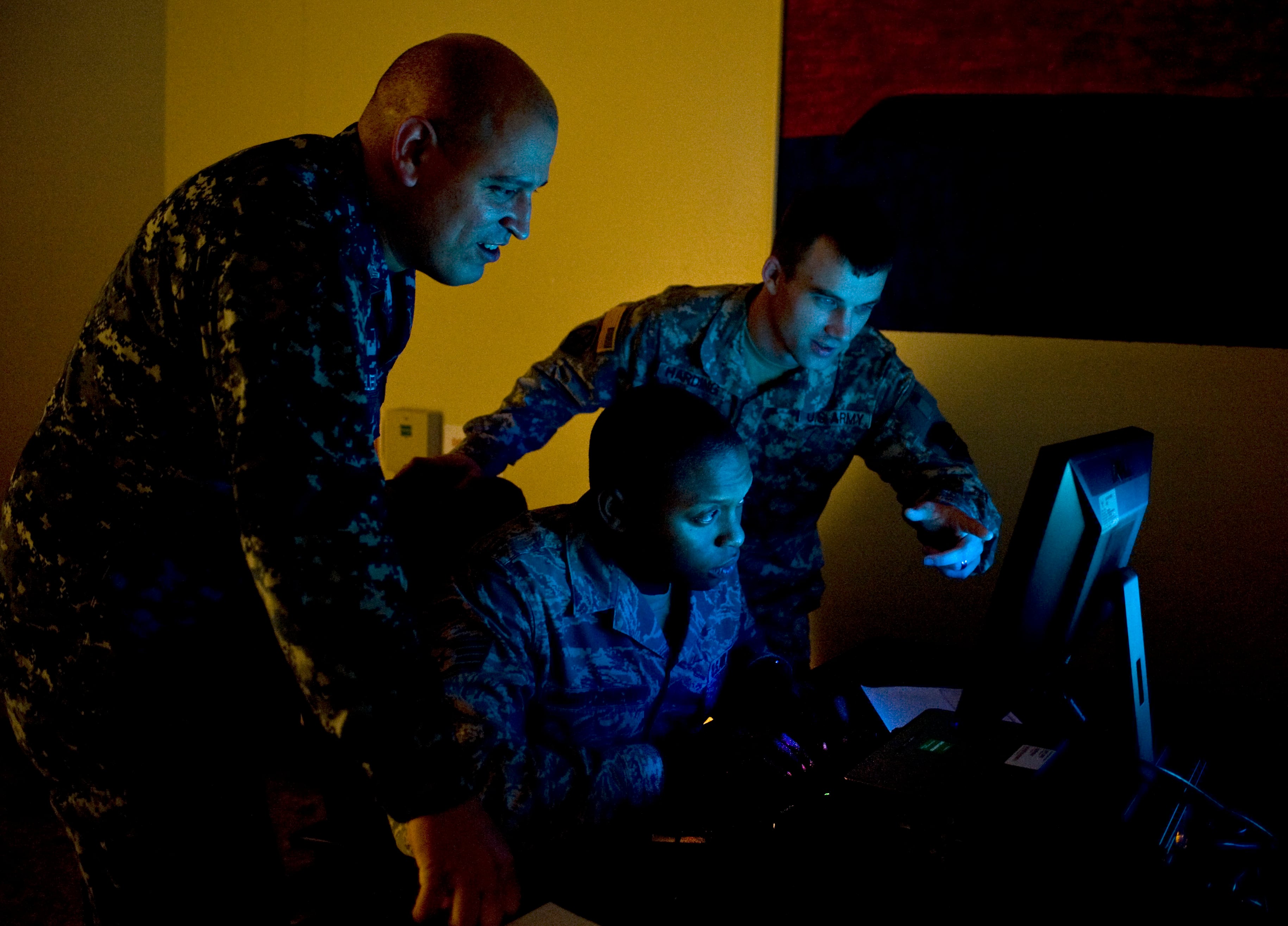The Navy needs to take a "hard look” at its digital needs according to a senior Navy software official, especially in technology such as machine learning and artificial intelligence, or risk vital weapons systems failing on the future battlefield.
Attendees of the Amazon Web Services Public Sector Summit in Washington June 21 heard warnings that obsolete and slow approaches are driving up costs of time and resources for the Navy's newest technologies that interact with one another in combat.
"It's really a matter of making System A talk to System B,” said Richard Jack, a lead engineer and project director at the Space and Naval Warfare Systems Center Pacific. “A logistics system that needs to be able to interact with a weapons system.”
Software superiority is an important part of the Navy’s plan for a global competitive edge, from unmanned underwater vehicles to drones operated from ships. Unless the Navy wants to get an error message at a crucial combat moment, they will have to search outside their own technology labs for the solution to the interoperability challenge, Jack said.
“The Navy can’t do this alone, as 99 percent of the brain trust is in the cloud service providers and the industry,” Jack stated. He expressed the need to “take advantage” of lessons learned by cloud industry leaders on big data collection and interpreting results to make predictions .
Jack suggested accelerating operations with increased cloud computing, creating shared infrastructure to make sure data centers are connected, eliminating duplicative investments across some programs, and further expanding AI and machine learning advancements.
RELATED

The software engineer expressed confidence that learning from cloud service providers will result in the Navy enhancing warfighting abilities, envisioning a cloud to allow instant data sharing “between a weapons system, an airframe, a UAV, and a logistics system” at the same time.
Jack also praised cloud computing as important to the “compile to combat” program, in which the Navy is experimenting with ways to deploy new software capabilities to ships at sea in less than 24 hours.
While the cloud can “be super fast and super efficient” for accessing large amounts of data anywhere, Jack also promised that it also allows the Navy to “really push the boundaries of machine learning,” even though “we are behind the curve” at the moment.
Through “strategic partnerships” with the “Amazons, Googles and IBM Watsons of the world,” Jack promised the Navy could accomplish even more in the areas of AI and machine learning that will dominate warfighting in the era of the cloud.
Andrew is a student in the class of 2020 at the University of Notre Dame.







